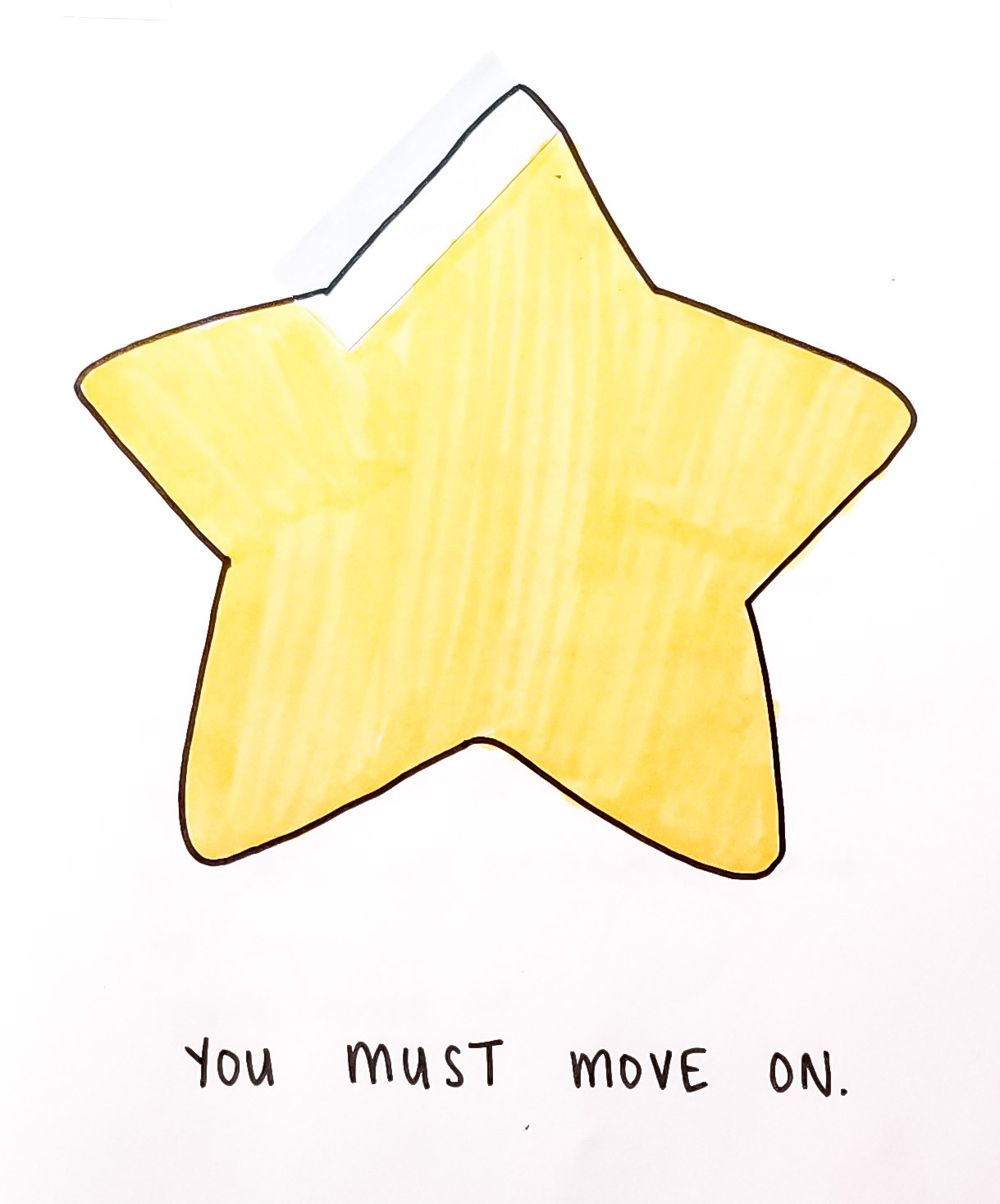

Hi with Soe-hi (parallel double line, wide and narrow side by side ), Tokko-tsuki-ken, Tsume-tsuki-ken, Bonji, etc. Hirazukuri Ko-wakizashi Tanto often shows many engravings. Gyo-no-mune (refer 12| The Middle Kamakura Period Tanto) No Yokote line, no Shinogi, and no Sori (no curvature, straight back). The characteristic of the Hirazukuri ko-wakizashi Tanto- Usually 1 foot and 1 or 2 inches long. But majorities of this types were made by Oei Bizen swordsmiths. Swordsmiths in different areas created the T antos like the one above. Hirazukuri Ko-wakizashi Tanto was the trendy style during the early Muromachi time. Chapter 21| Muromachi Period Sword (室町時代刀) shows the Hamon by Morimitsu and Yasumitsu, also describes typical characteristics of the swords in the Muromachi period. The Hamon by Morimitsu and Yasumitsu shows more work than that of the sword in the photo above. Two other well-known swordsmiths among the Oei Bizen were Osafune Morimitsu (盛光) and Osafune Yasumitsu (康光). Osafune (長船) is the name of a region, but it became the last name of the swordsmiths during the Muromachi time. Bo-utsuri is a distinctive characteristic among all of the Oei Bizen.īefore the Muromachi period, there had been many swordsmith groups in the Bizen area, but by the Muromachi time began, Osafune (長船) was the only remaining active group. Very faint Bo-utsuri (soft shadow shaped like a strip of wood) shows on Ji-hada. The Boshi area shows irregular waviness with a slightly pointed tip. The Hamon has a small wave-like pattern with continuous Gunome (a lined half-circles). The above Osafune Moromitsu sword is 2 feet 5 inches long with medium Kissaki. Please refer to 21| Muromachi Period Sword (室町時代刀) for Muromachi sword shape, Hamon, Boshi, and Ji-hada.īishu Osafune Moromitsu (備州長船師光) from Sano Museum Catalogue ((permission granted) Soshu Hiromasa (相州広正)、 Yamashiro Nobukuni (山城信國) were also similar to the Oei Bizen style. Osafune Morimitsu (長船盛光), Osafune Yasumitsu (長船康光), Osafune Moromitsu (長船師光) were the main Oei Bizen swordsmiths.

The swords made during the early Muromachi period in the Bizen area were called Oei Bizen. Oei Bizen ( 応永備前 ) The pronunciation of Oei is“O as Oh” and “ei as A of ABC.” The Muromachi period was the declining time in sword making. The reason was that, during the Nanboku-cho period, warriors fought mostly riding horses, but after the Muromachi time, infantry fighting became more common. The 3-to-5 feet long swords seen in the Nanboku-cho period were no longer created. By the end of the Nanboku-cho period, the swords’ length became shorter to approximately 2 feet ± a few inches. Refer to 21| Muromachi Period Sword (室町時代刀). The circle above indicates the time we discuss in this sectionĪfter the Muromachi period, swords changed to Katana(刀) from Tachi (太刀), as described in chapter 21 Muromachi Period Sword. Please read Chapter 21 before reading this section. Chapter 55 is the detailed part of chapter 21|Muromachi Period Sword.


 0 kommentar(er)
0 kommentar(er)
